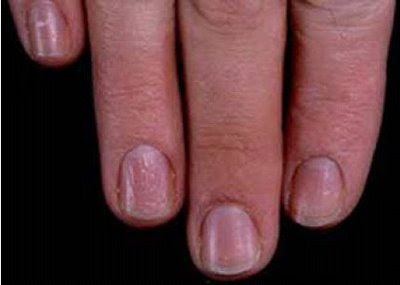Amazing facts about Human body
The Skeletal SystemThe largest bone is the pelvis, or hip bone. In fact it is made of six bones joined firmly together.
The longest bone is the ‘femur’, in the thigh. It makes up almost one quarter of the body’s total height.The smallest bone is the ’stirrup’, deep in the ear. It is hardly larger than a grain of rice.The ears and end of the nose do not have bones inside them. Their inner supports are cartilage or ‘gristle’, which is lighter and more flexible than bone. This is why the nose and ears can be bent.After death, cartilage rots faster than bone. This is why the skulls of skeletons have no nose or ears.
The Muscular System
There are about 60 muscles in the face. Smiling is easier than frowning. It takes 20 muscles to smile and over 40 to frown.The longest muscle in the body is the sartorius, from the outside of the hip, down and across to the inside of the knee. It rotates the thigh outwards and bends the knee.The smallest muscle in the body is the stapedius, deep in the ear. It is only 5mm long and thinner than cotton thread. It is involved in hearing.
The biggest muscle in the body is the gluteus maximus, in the buttock. It pulls the leg backwards powerfully for walking, running and climbing steps.
The Circulatory System.
The heart beats around 3 billion times in the average person’s life.About 2 million blood cells die in the human body every second, and the same number are born each second.Within a tiny droplet of blood, there are some 5 million red blood cells, 300,000 platelets and 10,000 white cells.It takes about 1 minute for a red blood cell to circle the whole body.Red blood cells make approximately 250,000 round trips of the body before returning to the bone marrow, where they were born, to die.Red blood cells may live for about 4 months circulating throughout the body, feeding the 60 trillion other body cells.The brain looks like a giant, wrinkled walnut.Unlike other body cells, brain cells can not regenerate. Once brain cells are damaged they are not replaced.The brain and spinal cord are surrounded and protected by cerebrospinal fluid.
The Immune System
The skin secretes antibacterial substances. These substances explain why you don’t wake up in the morning with a layer of mold growing on your skin - most bacteria and spores that land on the skin die quickly.Tears and mucus contain an enzyme (lysozyme) that breaks down the cell wall of many bacteria.Lymph nodes contain filtering tissue and a large number of lymph cells. When fighting certain bacterial infections, the lymph nodes swell with bacteria and the cells fighting the bacteria, to the point where you can actually feel them. Swollen lymph nodes may therefore be a good indication that you have an infection of some sort.
The Digestive System
Adults eat about 1,100 pounds of food per year.About 3 pints of saliva are produced each day.The esophagus is approximately 10 inches long.Muscles contract in waves to move the food down the esophagus. This means that food would get to a person’s stomach, even if they were standing on their head.An adult’s stomach can hold approximately 3 pints of material.Every day 3 gallons of digested food, liquids and digestive juices flow through the digestive system, but only about 3 ounces of fluid are lost in feces.In the mouth, food is either cooled or warmed to a more suitable temperature.We get two sets of teeth. Our 20 ‘Baby Teeth’ are replaced starting at around 6-7 years of age with our 32 ‘Adult Teeth’.
The Respiratory System
At rest, the adult body takes in and breathes out about 1.6 gallons of air each minute.The right lung is slightly larger than the left.Hairs in the nose help to clean the air we breathe as well as warming it.The highest recorded “sneeze speed” is 102 miles per hour.The surface area of the lungs is roughly the same size as a tennis court.The capillaries in the lungs would extend 1,000 miles if placed end to end.We lose half a more than two cups of water a day through breathing. This is the water vapor we see when we breathe onto glass.A person at rest usually breathes between 12 and 15 times a minute.The breathing rate is faster in children and women than in men
























